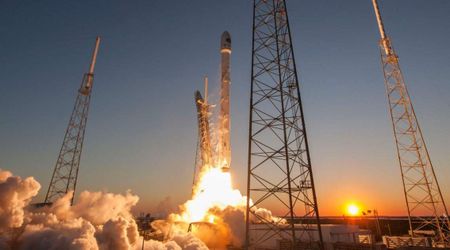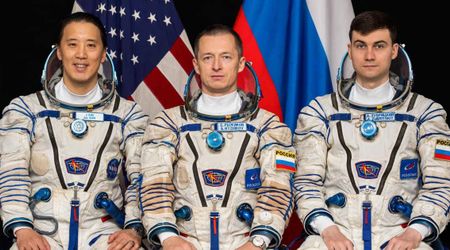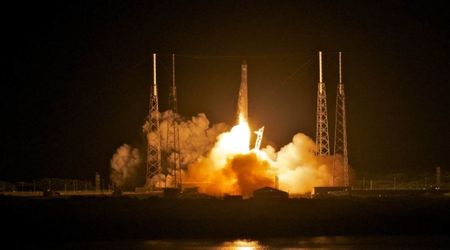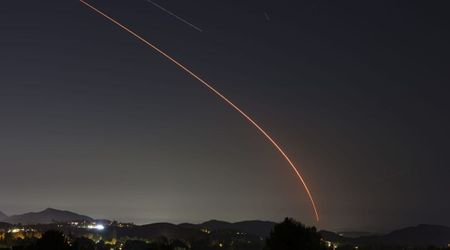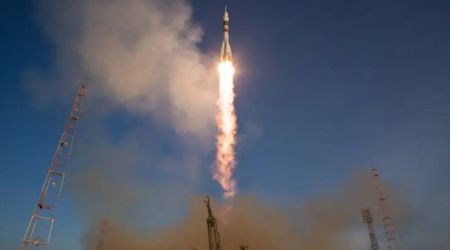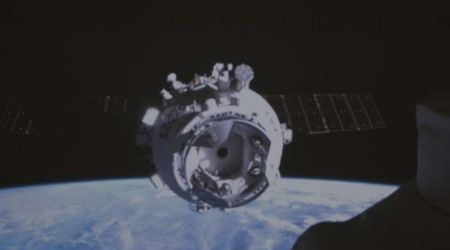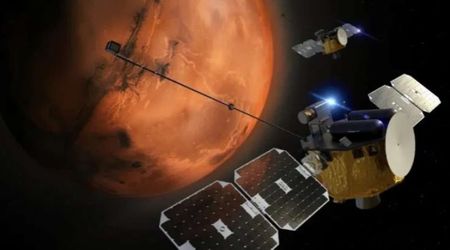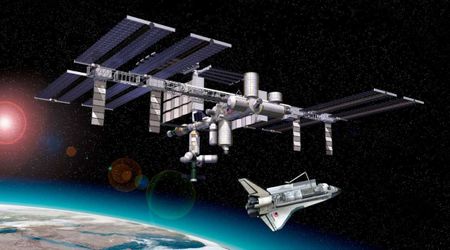Why NASA was forced to postpone planned docking of private spacecraft Cygnus XL with ISS
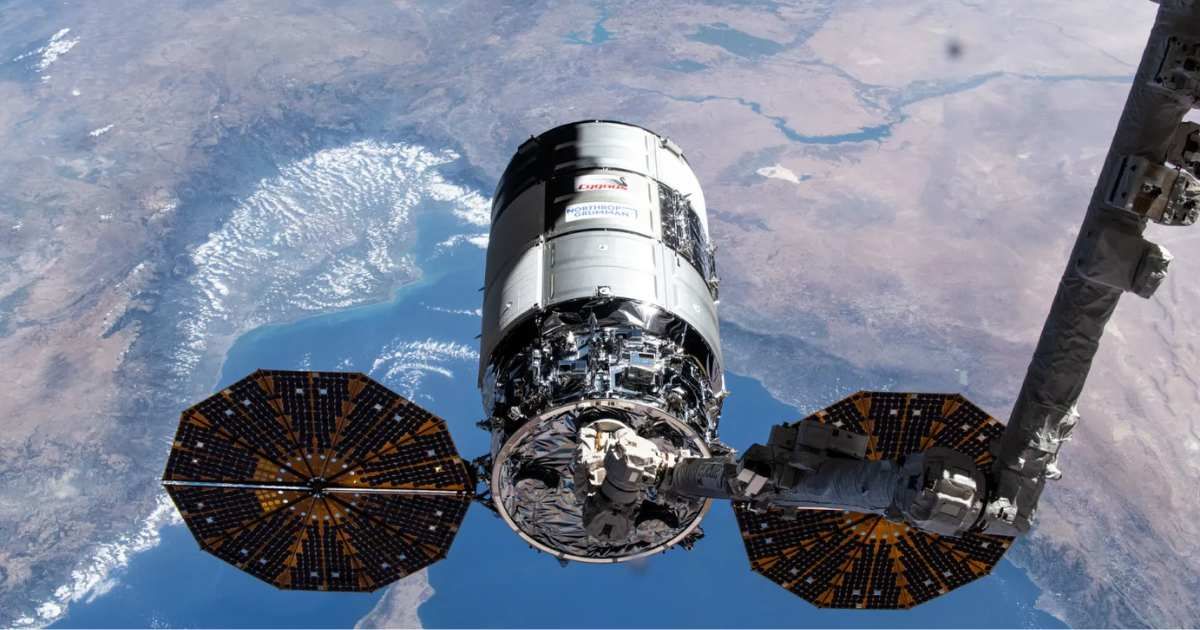
The planned docking of Northrop Grumman’s Cygnus XL cargo spacecraft with the International Space Station (ISS) has been postponed, NASA announced. The delay comes after an unexpected engine shutdown during a critical orbital maneuver.

The Northrop Grumman Commercial Resupply Services 23 (CRS-23) mission, which launched on a SpaceX Falcon 9 rocket on September 14, was scheduled to arrive at the ISS on Wednesday, September 17. However, early Tuesday morning, September 16, the Cygnus XL’s main engine cut out prematurely during a burn designed to raise its orbit for rendezvous with the station.
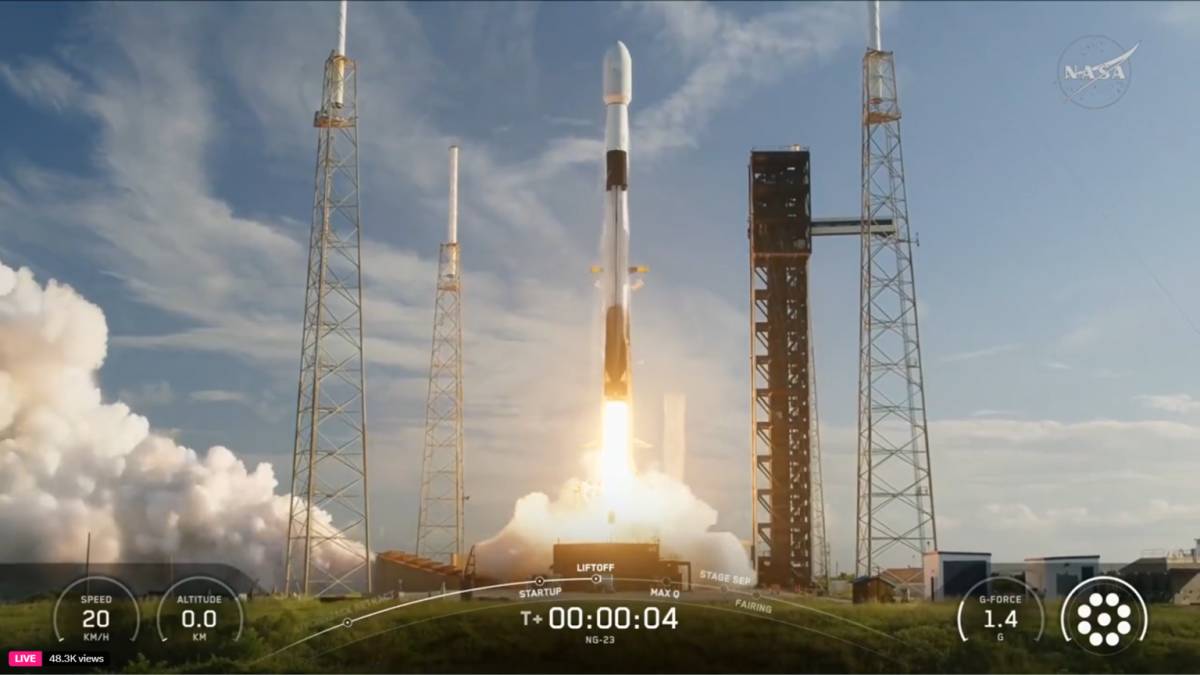
While ground teams at NASA and Northrop Grumman work to develop a new flight plan, all other systems on the spacecraft are reported to be functioning as expected. The Cygnus XL is carrying more than 11,000 pounds of scientific equipment and supplies for the orbiting laboratory. Once the spacecraft is cleared for approach, NASA astronauts Jonny Kim and Zena Cardman are prepared to use the station’s Canadarm2 robotic arm to capture and berth the spacecraft to the Unity module. The Cygnus XL is expected to remain at the ISS until March 2026.
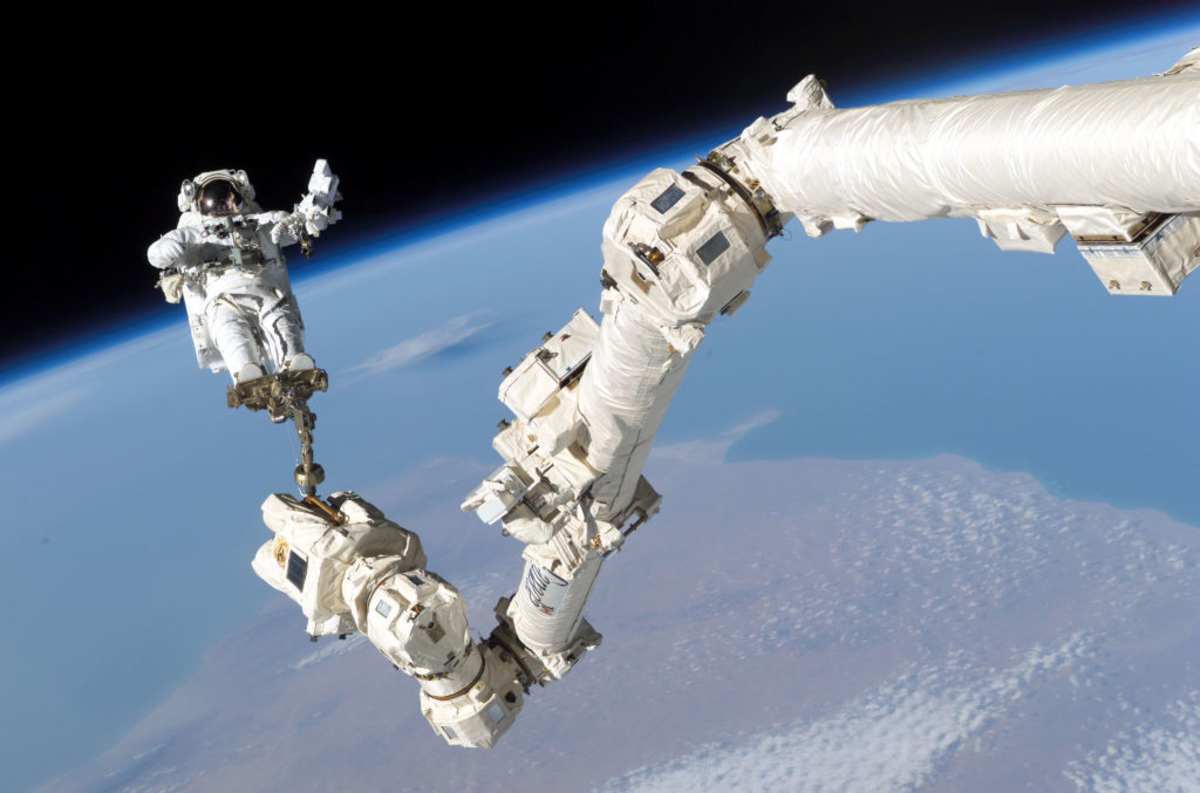
This particular Cygnus XL is an upgraded model, representing a key advancement from the previous Cygnus spacecraft that has been resupplying the station since 2015, as per Universe Space Tech. This vehicle is vital for the continuous operation of the ISS, providing essential cargo and maintaining the scientific laboratory in orbit. Despite the current technical issues, mission controllers remain confident in the spacecraft's systems and are optimistic about the eventual completion of the resupply mission.
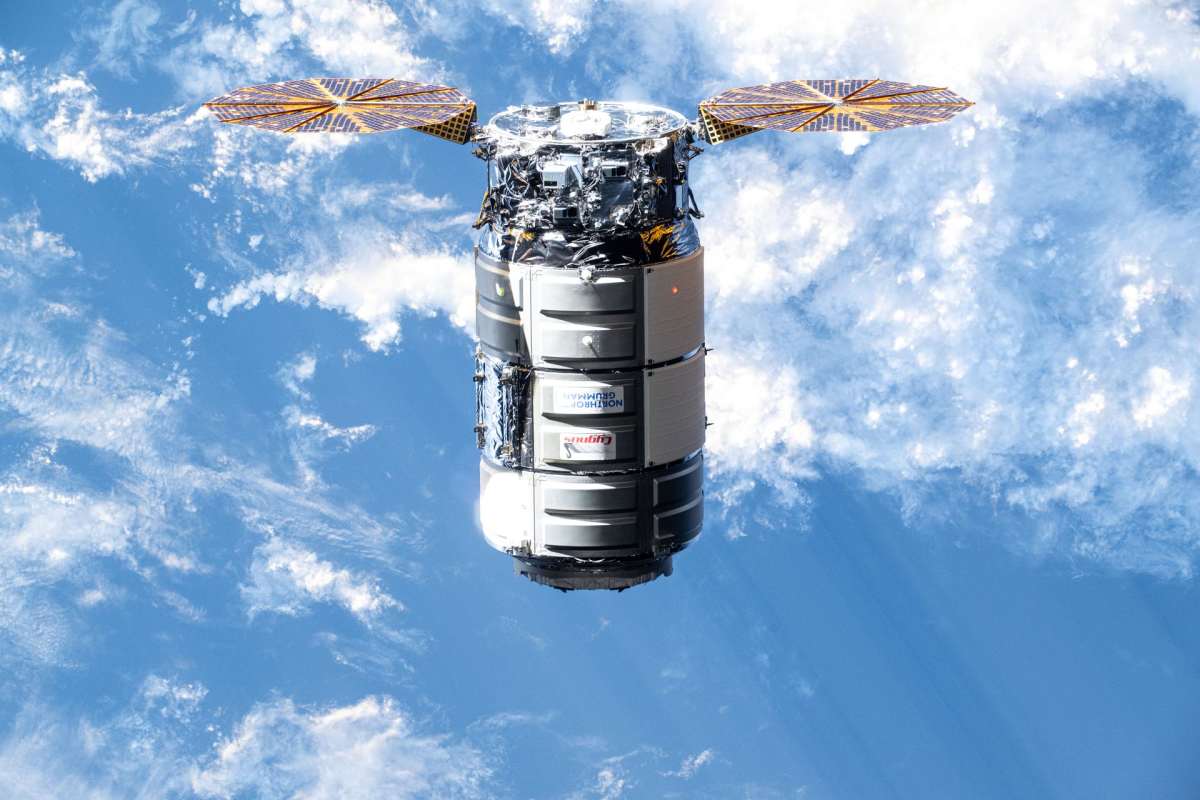
Following an evaluation of the engine anomaly, NASA and Northrop Grumman have set a new target for the Cygnus XL's arrival, as per NASA. The spacecraft is now expected to be captured by the station’s robotic arm at approximately 7:18 a.m. EDT on Thursday, September 18. Flight controllers confirmed that the main engine's early shutdown was triggered by a conservative software safeguard, not a hardware malfunction. The spacecraft will now perform a series of burns to adjust its trajectory for the new rendezvous window.
This mission, officially designated NG-23, was originally slated to be Northrop Grumman's 23rd cargo flight to the ISS for NASA. The company's prior attempt, NG-22, was canceled after its spacecraft was damaged during transport to the launch site, per Space.com. Cygnus XL is the latest version of Northrop Grumman's Cygnus freighter and is capable of carrying a larger payload than its predecessors, boosting its capacity from approximately 8,500 pounds to over 11,000 pounds. It is one of three primary vehicles that deliver supplies to the ISS, alongside SpaceX's reusable Dragon and Russia's expendable Progress spacecraft. In a long-standing tradition of honoring spaceflight pioneers, the NG-23 Cygnus XL has been named the S.S. William "Willie" McCool, in memory of the astronaut who tragically died in the 2003 Space Shuttle Columbia disaster.
More on Starlust
NASA and SpaceX launch 33rd commercial resupply mission to International Space Station
What cargo did SpaceX's Dragon capsule bring back to Earth after undocking from the ISS
Why NASA and SpaceX delayed the undocking of the Dragon cargo mission by 24 hours
